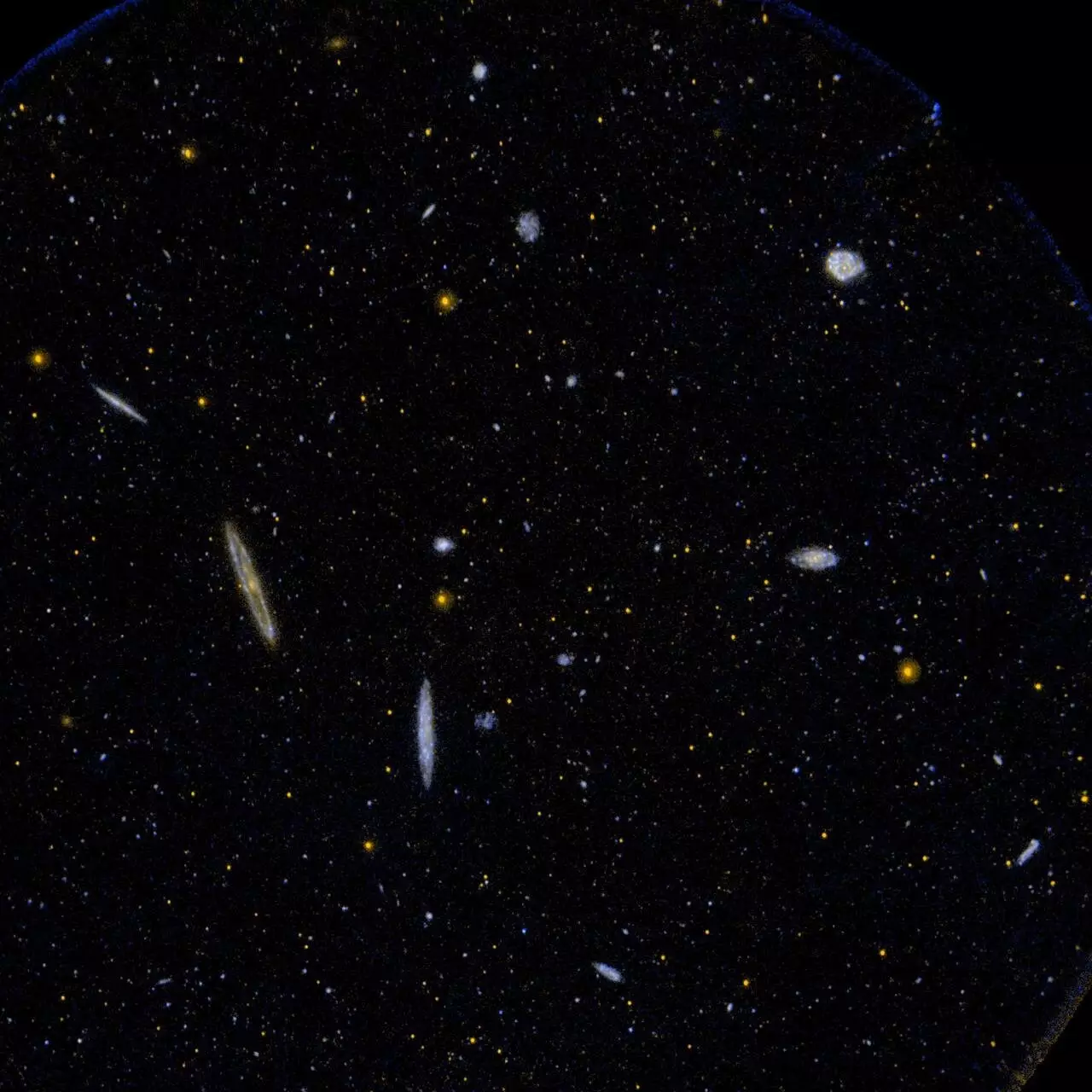The landscape of modern physics often teeters on the edge of captivating enigmas that challenge our understanding of the universe. A recent study offers groundbreaking findings that suggest a possible reevaluation of long-held beliefs in cosmology and particle physics. With a collaborative effort from Southern Methodist University (SMU) and three other esteemed universities, the researchers have gathered compelling evidence that raises the prospect of unexplored realms in the fabric of our universe. Such revelations could potentially usher in transformative changes to how physics is taught across educational institutions globally.
At the heart of this inquiry lies the Dark Energy Spectroscopic Instrument (DESI), a technological marvel that is committed to generating an unprecedented three-dimensional map of the universe. This project utilizes advanced measurement techniques to derive an absolute mass scale for neutrinos—one of the most intriguing particles in the cosmos. The DESI’s contributions are monumental; intersecting with data gleaned from the remnants of the cosmic microwave background—essentially the echoes of the Big Bang—researchers have established an intricate framework that deepens our grasp of how neutrinos influence the clustering of matter.
Joel Meyers, an associate professor of physics at SMU and co-author of the study, articulated the significance of the findings: “The data combines insights from DESI with existing frameworks to reveal unexpected clustering behaviors,” he noted. This pivotal combination showcases how contemporary technology is enhancing our ability to interpret the cosmic phenomena that dictate the evolution of the universe over billions of years.
Historically, neutrinos have been viewed as elusive entities that, while abundant, play a subtle role in cosmic architecture. Cosmologists have conceptualized massive neutrinos as elements that inhibit the clustering of matter due to their properties. Therefore, the assertion that matter clustering in the universe is more pronounced than previously anticipated presents a paradox that calls into question certain assumptions underpinning the Standard Model of particle physics.
The research team’s analysis brings to light a compelling argument: Is the behavior of neutrinos as we understand it inherently flawed, or does it indicate that our current models are incomplete? Meyers elaborated on this critical juncture, suggesting that the observed clustering could signal the necessity for new physics outside the traditional paradigms. Such ideas are not new in the field; they echo the ongoing discussions surrounding the Hubble tension, where discrepancies in expected cosmic expansion rates have sparked debates on the validity of existing physical models.
Crucially, the implications of this study extend beyond immediate findings, laying the groundwork for future inquiries into the principles of cosmology and particle interactions. The researchers actively engaged in mapping possible theoretical frameworks that might reconcile these new observations with established scientific doctrine. By speculating on system errors in measurements and exploring potential adjustments to the Standard Model, they invite a broader discourse among physicists about the nature of knowledge within their discipline.
The path ahead for these investigations is rife with uncertainty, and the pursuit of confirming or refuting these hypotheses will necessitate years of rigorous testing and validation. However, what remains evident is the profound influence that findings in one domain of physics can have on others, often resulting in paradigm shifts that redefine scientific understanding.
As the quest for knowledge continues, this recent study serves as a vital step in unraveling the complexities of our universe. By challenging preconceived notions and inviting discourse on the potential for new physics, researchers are not only deepening our comprehension of cosmic principles but also inspiring future generations of physicists to engage with the mysteries that remain. Ultimately, the interplay between data, theory, and the ever-expanding frontier of human curiosity may yield insights that radically transform our understanding of existence itself. The journey to comprehend the cosmos is ceaseless, and the questions raised by these findings underscore the importance of remaining open to the unexpected in the pursuit of scientific truth.


Leave a Reply